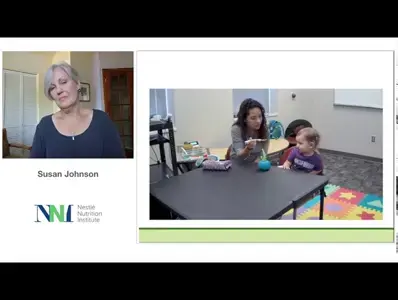NNIW95: Introducing hard-to-like foods to infants and toddlers: Perspectives from moms and young children
Children reportedly consume adequate vegetable variety during introduction of complementary foods and breastfeeding helps to facilitate child food acceptance. However, vegetable dietary intake is reported to fall when children begin to eat foods of the family table. In laboratory settings, repeated exposure is effective in promoting child novel food acceptance and consumption.
We have recently explored mother and child early experiences (infancy into toddlerhood) with offering hard-to-like foods. Our findings suggest a “sweet spot” for food introduction and acceptance during the early complementary feeding period (6 – 12 months), with increasing variability in acceptance and negative child behaviors occurring during toddlerhood.
When queried, most mothers are familiar with repeated exposure concepts but their persistence in continuing to offer disliked foods differs. Some report they will “never give up” –a stance linked to health beliefs and that children should “eat what we eat.” Others seem more influenced by children’s resistance and food dislikes, and the amounts their child eats. The majority believe that children’s “taste buds change;” that their child will accept rejected foods later. These mothers may reoffer a rejected food after “a break.”
Opportunities exist to translate repeated exposure paradigms to practical methods mothers can successfully adopt in the home.
If you liked this post you may also like

